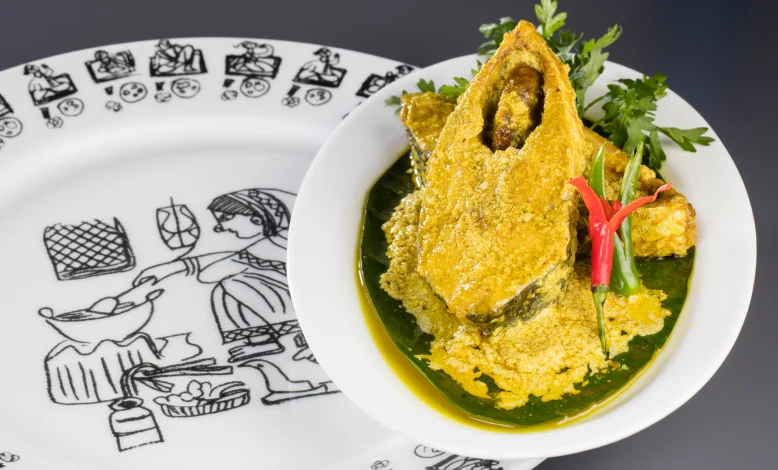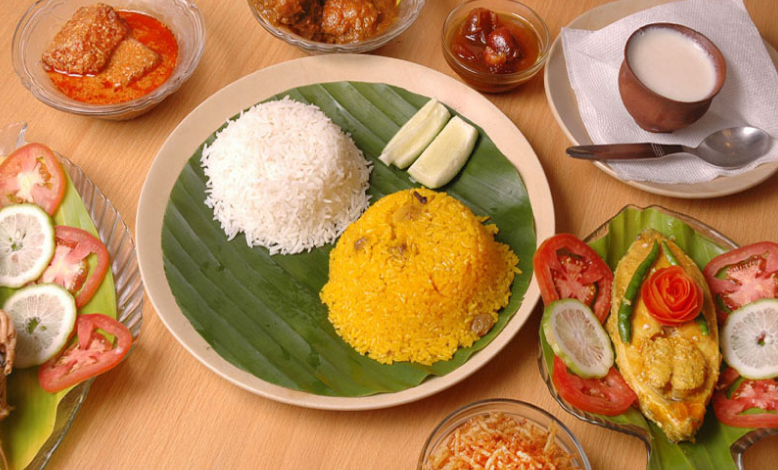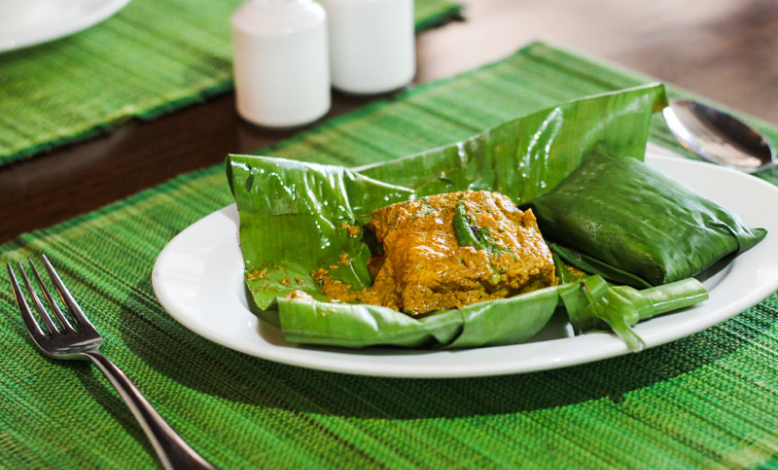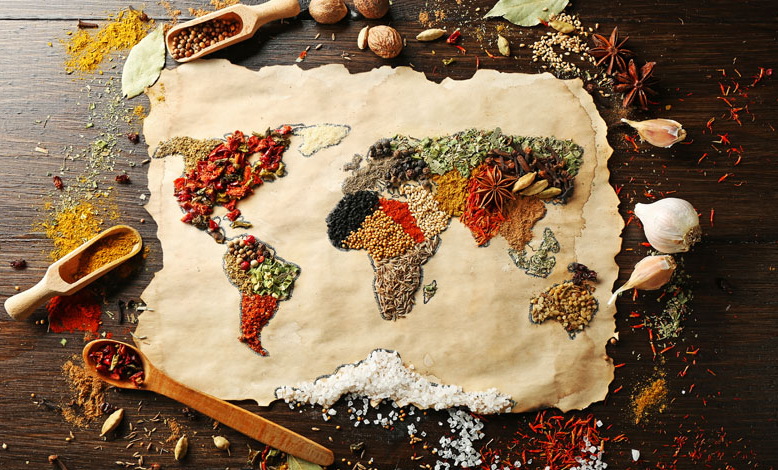

If you wish get a real taste of history of Bengali cuisine, look no further. Adorning the pages of Bengal's glorious past is a journey, steeped in culture and seasoned with experiences of a lifetime to remember.
This story is one of the world's most celebrated cuisines, with the right mix of rich spices and subtle flavours, prepared elaborately in the kitchens with love and tricks handed down as family secrets for generations. Every Bengali household has its version of a popular recipe, which makes it a celebration of heritage, diversity and uniqueness, like the land of Bengal itself.
Bengal has been famous for its food and cuisine ever since the establishment of civilization in the landscape of gluttons, made up of the sovereign state of Bangladesh (earlier East Bengal or East Pakistan) and the Indian state of West Bengal, with a total area of more than 228,000 square kilometers.This story is one of the world’'s most celebrated cuisines, with the right mix of rich spices and subtle flavours, prepared elaborately in the kitchens with love and tricks handed down as family secrets for generations. Every Bengali household has its version of a popular recipe, which makes it a celebration of heritage, diversity and uniqueness, like the land of Bengal itself.
Nearly 5,000 years ago, paddy cultivation came to Bengal from Southeast Asia and rice became a major calorie resource of Bengali daily life. The first Bengali texts of the 11th century, the Charyapadas, describe fishing and hunting, and mention many kinds of food crop including rice and sugarcane, but there is no reference to any kind of dal. It is only in 15th-century texts, such as the Mangalkavyas, that different kinds of dal and the process of cooking are mentioned. In respect of Bengal, Chitrita Banerji (2005) notices that it had many commonalities with other Southeast Asian countries and China, where lentils and pulses were possibly unknown except soybeans (source of tofu). Even now, a major supply of lentils comes from outside the state.
The shift occurred with the emergence of the Vaishnava Bhakti cult whose followers were vegetarian. As a result, a substitute for fish and meat had to be discovered, which is what helped to popularize dal among Bengalis. Khichudi, a preparation of rice and dal and some spices, often offered to the deities as bhog, is one of the significant dishes in Bengal, which determines the importance of rice and dal in Bengali daily life.
It is interesting to note that Shriharsha's Naishadhacharita, a Sanskrit mahakavya composed in the 12th century, provides the picture of the Bengali eating culture. In this text, Nala and Damayanti are the protagonists. At their wedding feast, different dishes are served, such as cooked vegetables, fish, mutton, deer meat, different varieties of pitha (a kind of sweet dish), flavoured drinks and tambul or pan. Bhavadeva Bhatta, in a text called Prayashcittaprakarana depicts some aspects of the Bengali cuisine.
The gourmets of Bengal were so enthusiastic about eating that they not only prescribed the sequence of eating but they left behind plentiful texts where different Bengali food items and dishes were mentioned. A verse from the Prakritapaingala, composed approximately in the 13th century by anonymous authors, depicts the interesting eating culture of that time. The verse says:
oggarabhatta rambhaapatta, gaika ghitta
dugdhasajutta |
mainimaccha ṇalichagaccha, dijjai kanta kha punabanta ||




